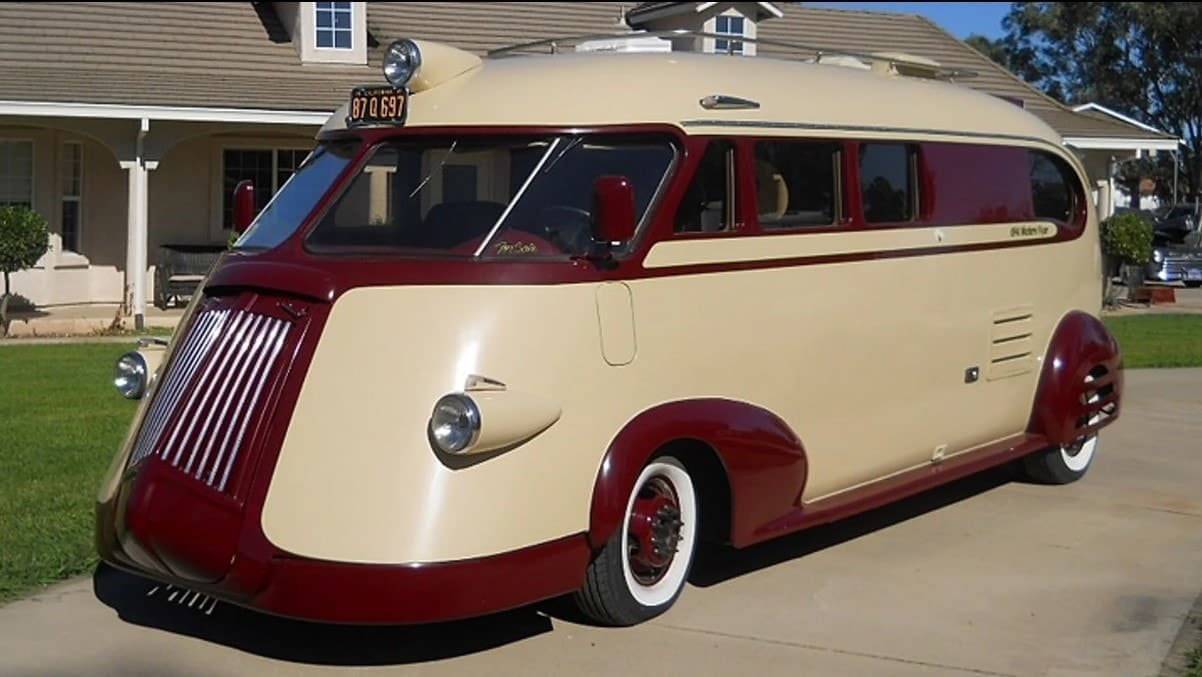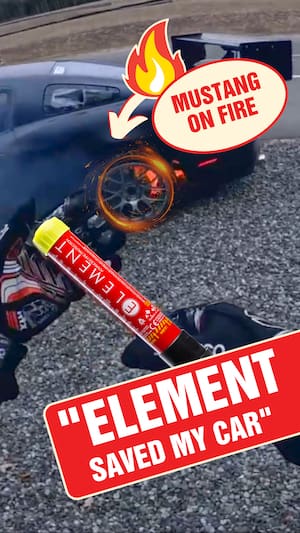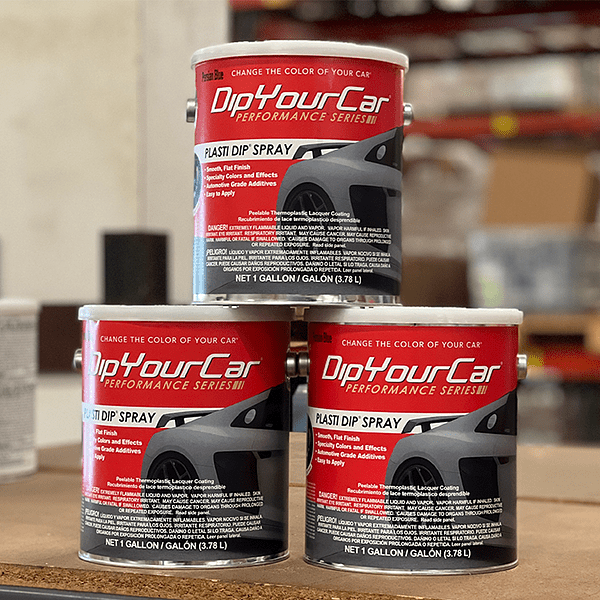
BY Elena Gorgan—The equivalent of a unicorn on wheels, if unicorns existed in real life, would be a Brooks Stevens design. The 1941 Western Flyer Motorhome is one such unicorn, made even more special after it was sprinkled with magical fairy dust by hotrodder Howdy Ledbetter.
The 1941 Western Flyer Motorhome is an RV unlike any other out there, and not just because it’s a very rare Stevens design. When it was re-discovered by Howdy Ledbetter and restomodded, it became a different creature from the original, yet still stayed true to the original styling, if not the original design.
Today, the Western Flyer Motorhome is the equivalent of a living legend. Every couple of years, it emerges online – either for sale or in photos – fueling a new wave of interest in Stevens’ work in general, and this vehicle in particular. A single glance at it would explain the attraction.
Brooks Stevens was an influential and award-winning industrial designer whose impressive portfolio includes vehicles like the original Wienermobile for Oscar Mayer, the Jeep Wagoneer, the iconic Zephyr Land Yacht, and a car that turned into a boat called the Lakester. His work was as varied as it was prolific, with all designs sharing the same DNA of innovation and experimentation.

The Western Flyer Motorhome is no different, even though it no longer has the original layout or, for that matter, the original engine that brought it to life on the road. Most descriptions will say that Stevens designed three such units and that it’s the sole survivor of the three, though it’s more likely that the Western Flyer was one of two different designs, both one-offs.
It was either commissioned by Herbert F. Johnson of SC Johnson Wax in Racine, Wisconsin, as a showcase vehicle for the ’39-’40 New York World’s Fair, or by Winfield M. “Win” Campbell of the Campbell Baking Company as a family vacation vehicle. In the former case, it would have been a promotional vehicle; in the latter, an RV Campbell used until his death in 1943 on several vacations in the British Columbia.
Documentation regarding the vehicle is scarce, and given the modifications made to it after re-discovery, it’s almost impossible to say for certain which theory is correct.

But regardless of how it might have started out, it became an entirely different thing when Ledbetter discovered it in 2010. By then, it was no longer a full vehicle but the “remains” of one, requiring extensive work and even more investment to put it back on the road.
In the process, which reportedly lasted less than half a year because Ledbetter focused on it exclusively, he made it longer and added modern commodities to it. He turned it into a proper motorhome that could still deliver the creature comforts modern man (or woman) had grown accustomed to.

Modifications ranged from cutting the shell in half and extending it by 47 inches (119 cm) and putting it on a ’96 Ford motorhome frame. He also added duallies in the back, an inverted Ford COE grille, a Buick headlamp above the windshield, and cut the original windows shorter. More importantly, he put in a 7.5-liter 350 hp Ford 460 V8 engine mated to an automatic overdrive transmission.

The interior layout was also completely redone. Since there’s no way of telling exactly which of the two Stevens originals it started out as, there’s no way of telling how the interior looked like back in the day. However, Ledbetter said on several occasions that his goal was to turn it into a comfortable, modern motorhome while keeping the Art Deco vibe.
The exterior is believed to be mostly original, albeit longer than the original and perhaps with a more decided Art Deco vibe than Stevens created it. You could even make an argument that “original” is far from the best descriptor here, and you’d probably be right. Ledbetter’s choice for the locomotive grille and the fin on the back certainly add character to the build, but they also remove it even more from the original.
Inside, Ledbetter added a queen-size bed in the rear and a complete kitchen with everything from a gas stove and fridge/freezer, a sink with running water, and a small lounge/dining area towards the front. The original vehicle had air conditioning, so the restomod also had AC, but Ledbetter also added two roof fans for extra ventilation – and power windows.

The ’41 Western Flyer emerges regularly online, and sometimes only because people re-discover it, pass photos along, and make it go viral. It was also offered for sale at least on two occasions, both for incredible amounts of money: $150,000 and $70,000, respectively. In 2021, it was owned by a certain Mike Karch, who agreed to a video tour of the vehicle at the 10,000 Lakes Concours d’Elegance. You will find that video below.
The 1941 Western Flyer Motorhome clearly can’t hold a candle to any one of today’s RVs in terms of creature comforts, even if we’re talking about a DIY (do it yourself) van conversion. But what it lacks in amenities, it makes up for with a backstory like no other and a design with more flair than you could ever get with a modern counterpart.
Source: Autoevolution.com. No copyright infringement intended.



































